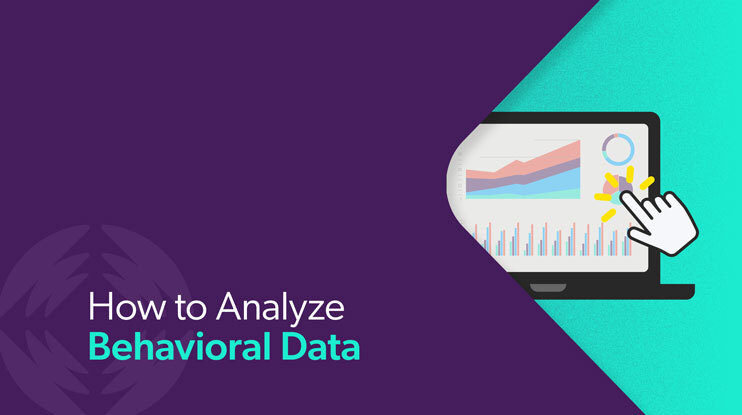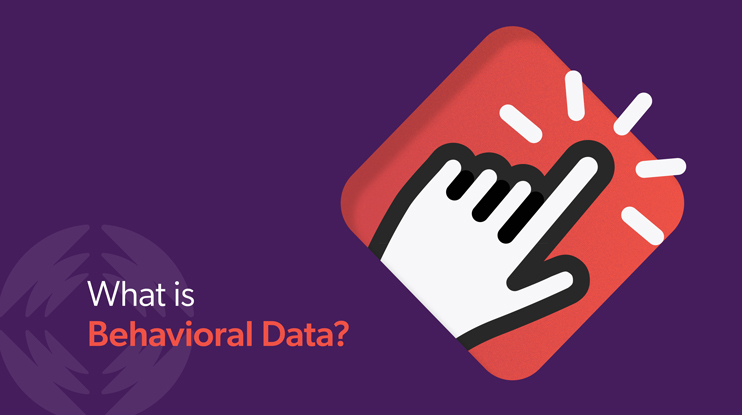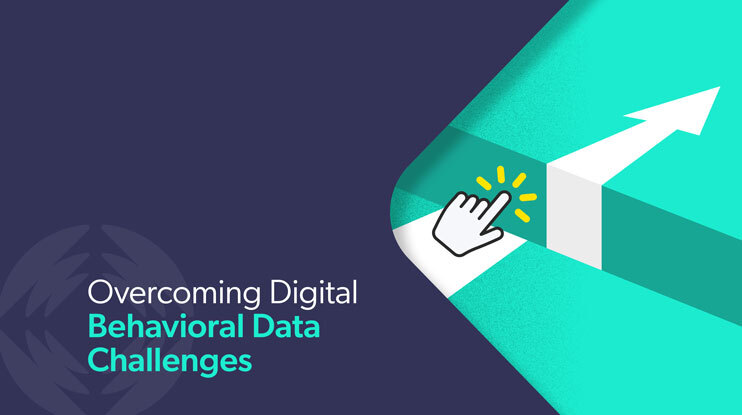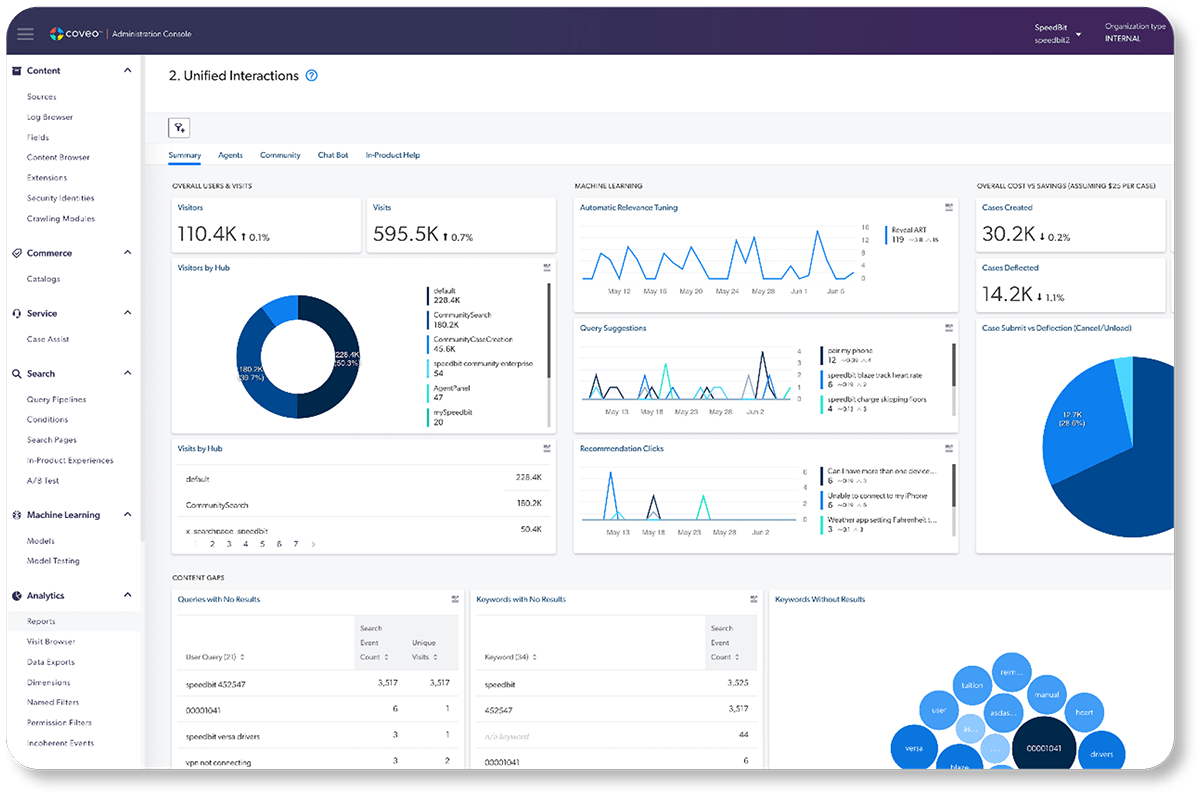Interested in user behavior analytics and how to apply consumer behavior to your business? Hopefully you’re joining us after reading part 1 of this series on how behavioral data is a competitive advantage, because we’re about to dive into how to use it.
Once upon a time, if a company wanted to harness behavioral analytics, it would need to hire an entire team of data scientists (or even multiple data science teams) who would scour large sets of numbers and search for patterns. It’d have to invest heavily in technology and tools, too, to help them do their best work.
At least in the early days, only the biggest players could afford the expertise and ability to do it.
But here’s the good news: a lot has changed since then.
The ability to collect, analyze, and surface insights from your user experience on scales both small and large is continually becoming more democratized, available not just to the Googles and Amazons of the world. Today, businesses of every size, in sectors ranging from finance to manufacturing, can observe customer behavior and user experience at multiple moments in time and map their journeys to provide an experience that’s both personalized for them and relevant to their needs.
While the different kinds of information you collect may be legion, behavioral data — the kind of customer data gleaned from what customers do and interact with within your digital presence — allows us to go deeper into understanding what those wants and needs are. And here’s the kicker: sometimes behavioral analytics reveal what customers want before customers even know themselves.
In our last article, we looked at what behavioral data is and why it’s so valuable to businesses. What we’ll explore below is the next step: a look at how to collect user behavior data and put it to good use in your organization.
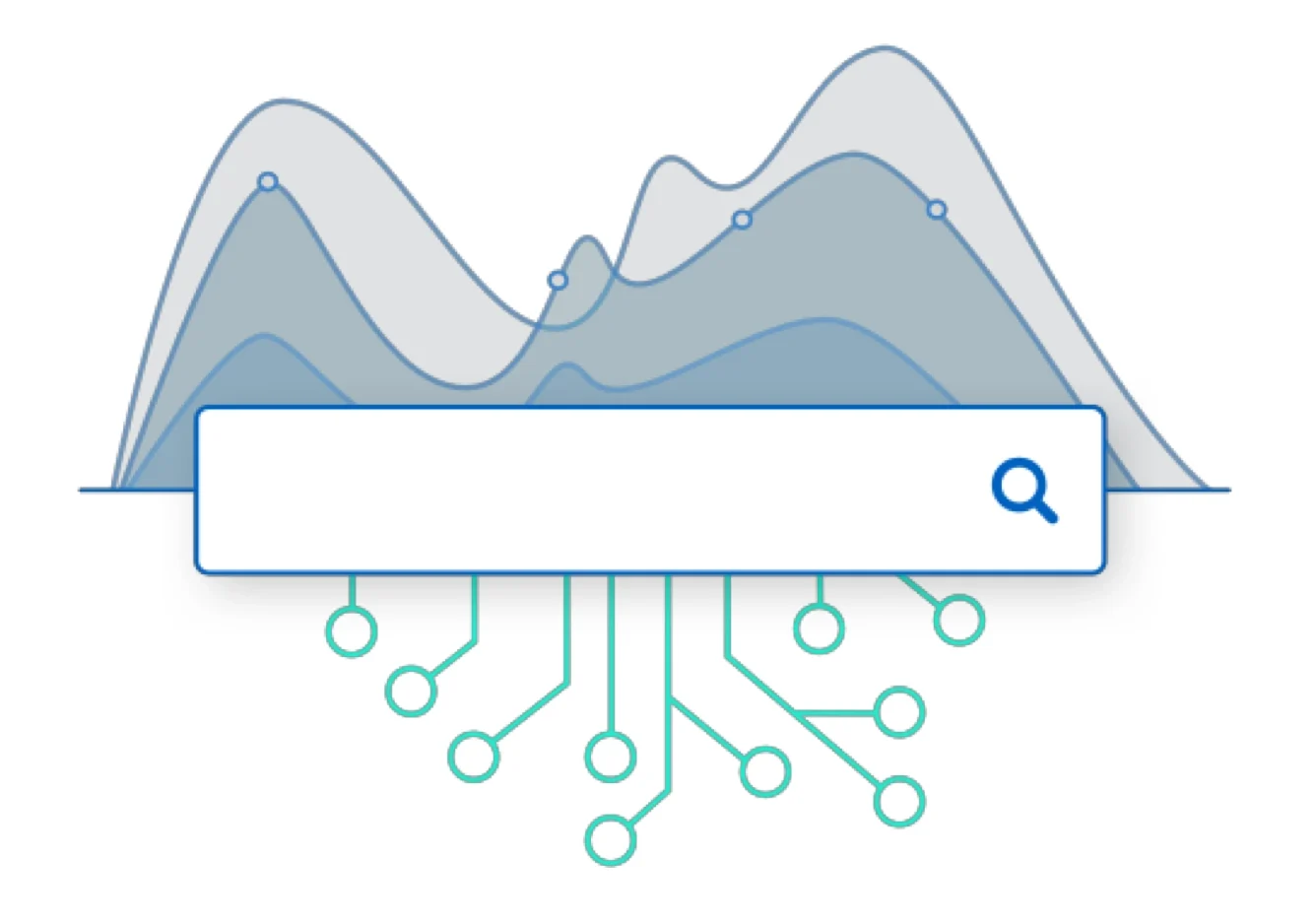
A 3-Step Plan for Collecting And Using Behavioral Data
First, a caveat: every business is different, and so it makes sense that every approach to collecting and using behavioral data will be different, too.
But without getting too specific or diving too deep into the mechanics under the hood, we can recommend a few pointers. If you want specific insights on your unique situation, feel free to request a site audit or to speak with one of our search experts.
1. Start with a purpose
You know the adage “failing to plan is planning to fail?” Yep, it applies here, too. But resist the urge to analyze every user interaction you can, just to see what comes up. Pulling any valuable insight from this kind of behavioral data analysis will be like finding the proverbial needle in a haystack.
To suss out what customer behavior data you should collect, start with the work you want that data to do. Maybe your priority is around closing gaps in your content, making sure that there’s a helpful article, listing, video, FAQ, or product description behind every search your customers make on your site.
Great — now you know to look at qualitative data like the search queries your customers are using, which results they click on, and whether they need to repeat or reword those queries.
Relevant Reading: NPS Alternatives: How Search Analytics Add Insight
2. Pick the data right sources
With a better idea of the customer behavior data you need to collect, the next question is: where will that data come from? In our last article, we identified a few potential data goldmines, but let’s dig a bit deeper:
- Third-party sources: Behavioral data is becoming such a big deal that some companies specialize in compiling user journeys, pulling out insights about intent, and providing that data analysis to other businesses. Take Bombora, a behavioral analytics tool, for example — that’s all they do.
But many vendors and industry leaders monitor and package behavioral analytics from their own producers and services, as well, sharing it in reports, across their networks, or even through a trail of customer data in their engagement channels.
Beyond proprietary sources, you can also find a veritable treasure trove of behavioral data lurking on the open web, from job sites to social media channels and user communities. - First-party sources: Think of all the systems across your organization — from your CRM to your website analytics, from product usage to your knowledge database. They all contain useful user segments that can help you get to know your customers.
Bring those customer data signals together with behavioral analytics and you can paint a vibrant picture that captures your customers from multiple angles all at once.
The wider you cast your net, the more comprehensive your view will be of your customer journey and the accompanying behavior patterns. The more of those sources that you can unify into a single source of truth, the richer your data — and the insights you glean from it — will be.
3. Enlist good help
The democratization of data collection and behavioral analytics is thanks largely to advances in artificial intelligence (AI) — machine learning and natural language processing, in particular.
We won’t get into the nitty-gritty details here, but suffice it to say, today’s technology is a pro when it comes to understanding the complex and often idiosyncratic way humans write and speak. These models can also learn from past successes and failures to get better over time, removing the need for manual intervention.
AI is also especially capable when it comes to problems that are repetitive, that require a solution in real-time (or close to it), that are affected by multiple factors, and that are data-driven at heart. In other words, tasks that would take a human data scientist a lot more time to complete, or tasks that are a less effective use of their time and expertise.
And it turns out, indexing and scouring all your sources of data? That’s just the kind of task AI is ready to tackle.
Putting Behavioral Analytics to Good Use
Coveo has been in the predictive analytics tools industry for over 15 years, and we’ve seen companies use behavioral analytics to do some pretty amazing things, like:
Tweak Products, Services, And Processes
Where do customers succeed? What parts of the customer experience fall flat? Where do they get held up on their customer journey?
One success story is Hearts on Fire, a Coveo customer. They found that a product which had been marked for discontinuation was actually a highly sought after item. They learned that while consumers were searching for it, retailers weren’t stocking it. Once they did, the product became one of their most popular sellers.
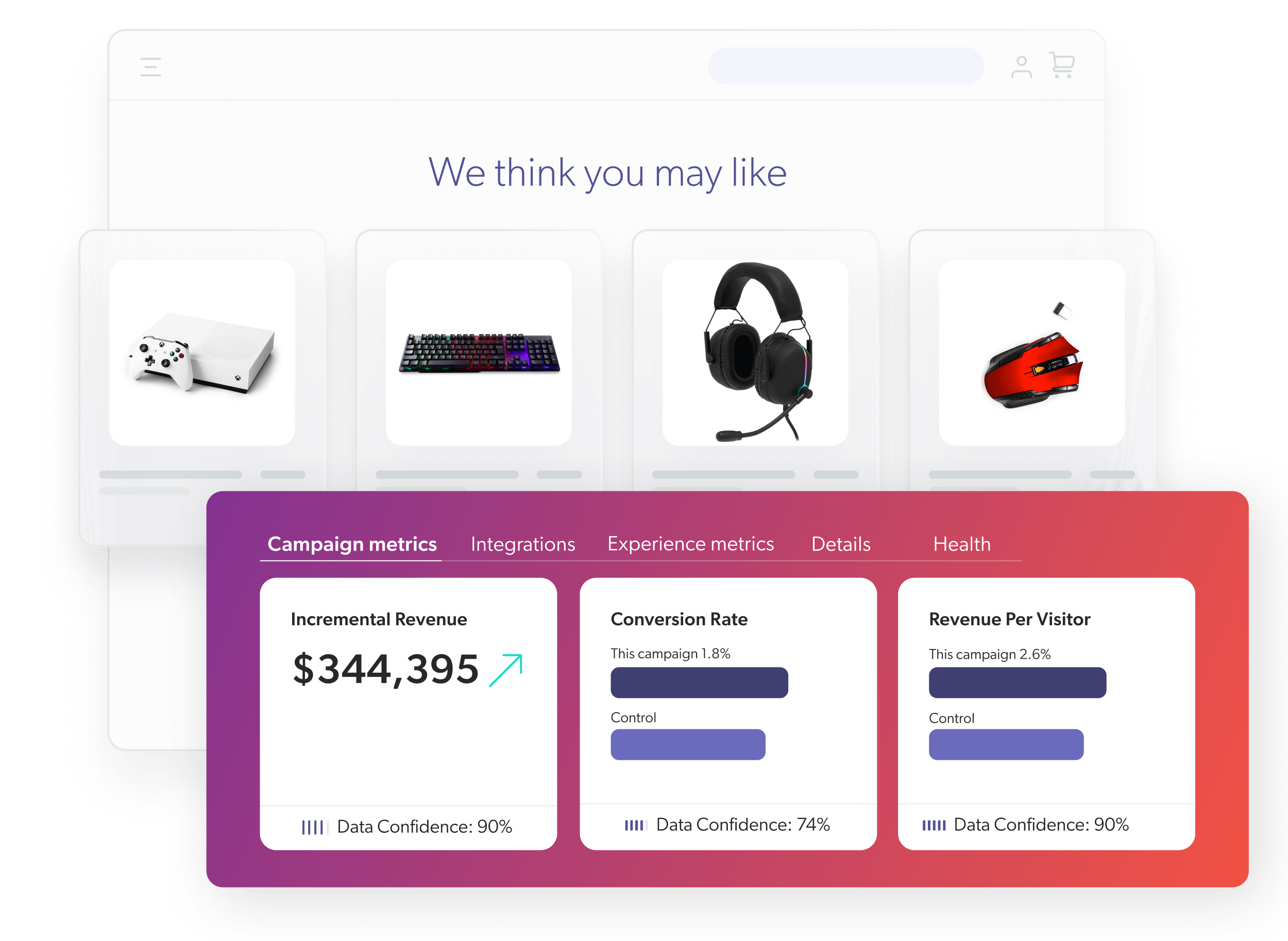
All of this came from behavior data and search analytics. By observing how customers interact with you, you can make intentional, data-driven improvements to help them reach their goals more quickly and efficiently — and leave them feeling more satisfied and loyal.
Improve Content Strategy
If customers are looking for something that doesn’t exist on your website, or if service reps are searching for a term that isn’t logged in the database, that’s a surefire sign of where your team should prioritize creating content.
When using Coveo to upgrade its intranet, Dell prioritized streamlining its onboarding flow. On day 1, new employees consulted 50 different places to get up to speed. With rich reporting opportunities, Dell’s search team identified content gaps and understood where employee interactions led to successful outcomes.
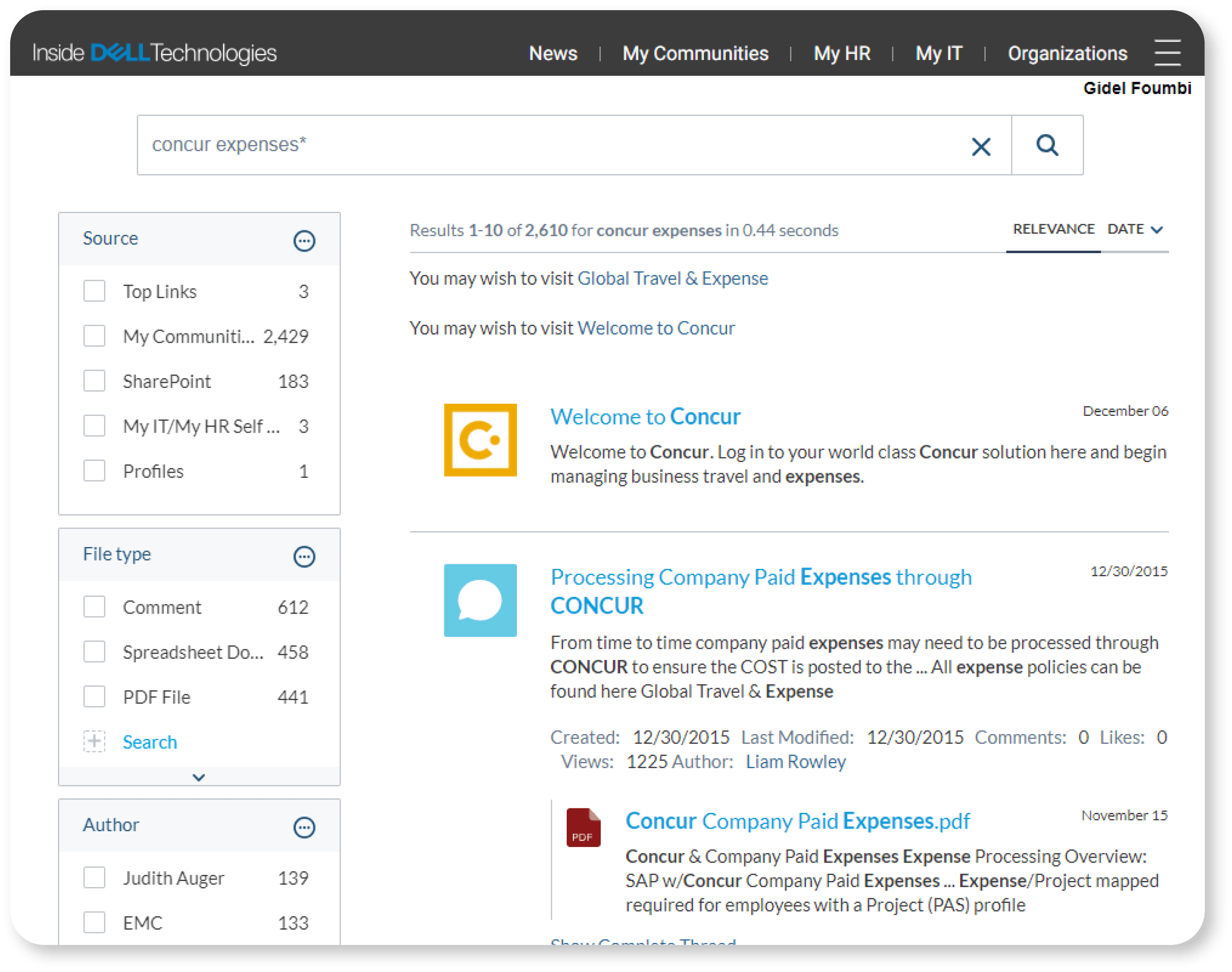
Tracking user behavior provides insight into why no one ever seems to consume that particular piece of content: is it hard to find? Incorrectly categorized? Or is it simply irrelevant to your customers?
Effectively Target Customers
User segments can lead to actionable insights about specific customer groups — including both their differences, and their similarities.
After redesigning their B2C site with Coveo, Hearts on Fire found another interesting trend through behavioral analysis of their customer experience — ‘unexpected shoppers’ popping up on their B2C website. With some digging through their analytics, they realized these were their B2B customers, who enjoyed the fluid, refined B2C experience.

This motivated them to redo their B2B offering with the same functionalities they offered their B2C customers. Measuring segment customers’ user behavior can help identify where you can further drill down and hone the way you surface and present information in those places to help specific audiences find what they need faster.
Reduce Customer Churn
What happens when you don’t provide the customer experience people want? They leave and find someone who will.
Understanding that customer retention was paramount to their growth, Acuity Brands collaborated with Coveo to transform their website into a growth engine. By unifying their content sources into one unified index across 14 different sites , behavioral analytics gave their search and content team the insight needed to tailor content and experience as needed for different customer segments.
Monitoring behavioral data across your channels can help surface the places where people drop out of their customer journey, and raise red flags before customers decide to jump ship so you can address marketing problems before you lose a future sale.
Anticipate The Needs Of Anonymous Customers
We like to call it “the wisdom of the crowd” — but really, aggregating behavioral data from your entire pool of customer interactions can help you anticipate what even a first-time visitor might be looking for based on a minimal number of clues.
Determine Your Behavioral Data Destiny
We don’t live in “once-upon-a-time” times anymore. Neither should your business. With 80% of shoppers wanting a personalized experience at every touchpoint, providing a relevant experience is no longer something that sets you apart. It’s necessary for survival.
What can set you apart from the competition, however, is how well you do it, and how early in the journey you can parse out a customer’s intent. And that’s where behavioral analytics have the greatest potential to shine.
If you still find yourself coming up against challenges in effectively analyzing behavioral data, we have Conquer 5 Behavioral Data Challenges for Better Insights — part 3 of this series.
Dig Deeper
Wondering if your audience matches market trends? Looking for solutions to problems you’ve identified with your skill of drawing insights from behavioral analytics? Snag a copy of our 2024 Commerce Industry Report, where 4,000 consumers tell you their expectations in the ChatGPT era, their frustrations, and how to win their loyalty.

